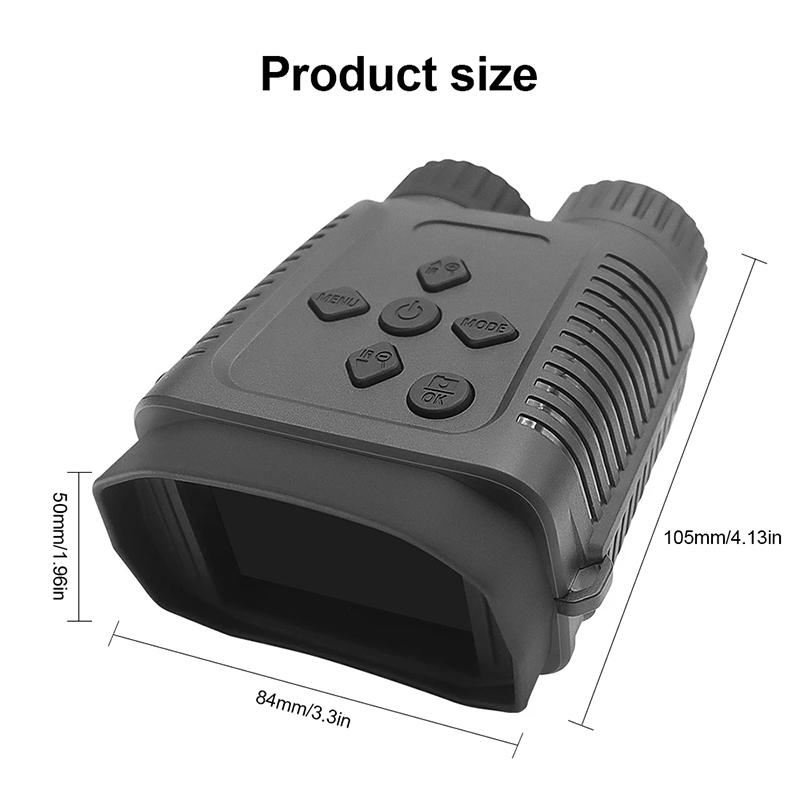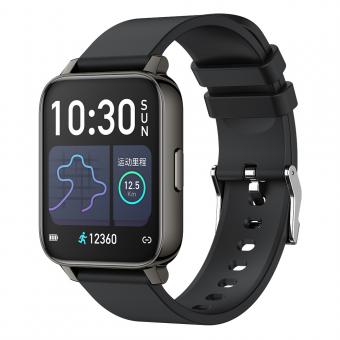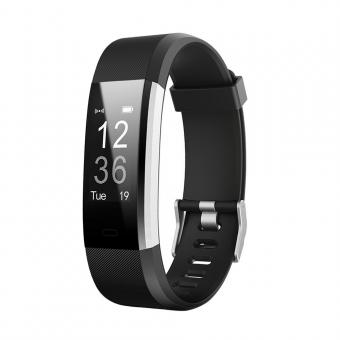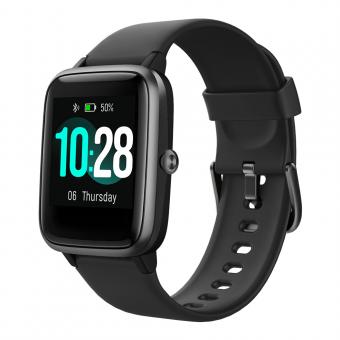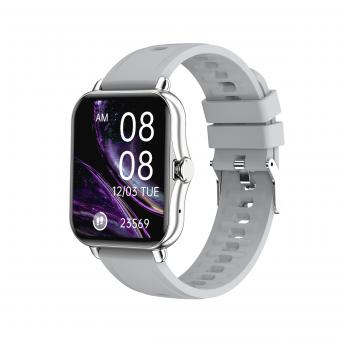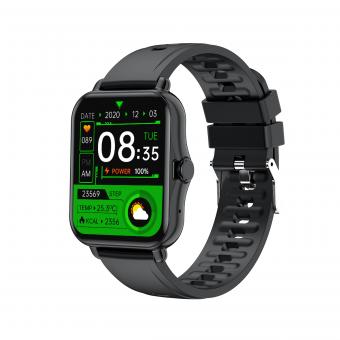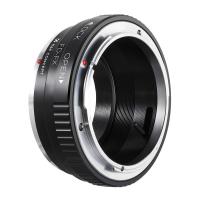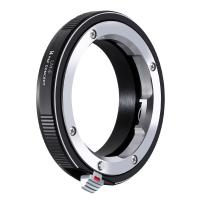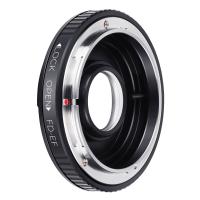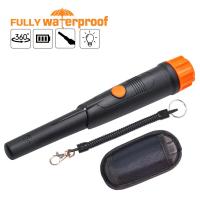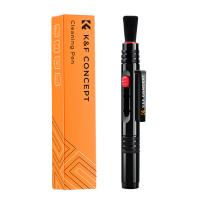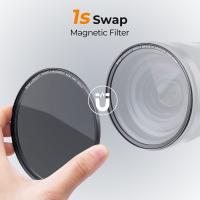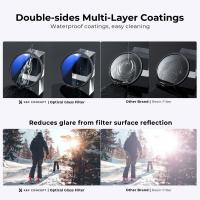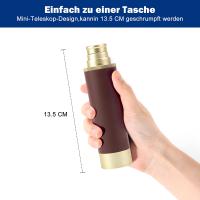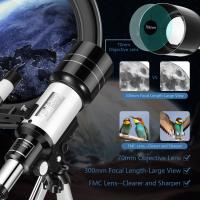How Do You Rate Binoculars ?
Binoculars can be rated based on several factors such as magnification power, objective lens diameter, field of view, image quality, build quality, and price. It is important to consider the specific needs and preferences of the user when rating binoculars. Additionally, expert reviews and customer feedback can also be helpful in determining the overall rating of a particular model.
1、 Magnification power
When it comes to rating binoculars, one of the most important factors to consider is the magnification power. Magnification power refers to how much closer an object appears when viewed through the binoculars compared to the naked eye. It is typically denoted by a number followed by an "x" (e.g., 8x, 10x).
The magnification power of binoculars plays a crucial role in determining their suitability for different activities. Higher magnification power, such as 10x or 12x, allows for a more detailed view of distant objects, making them ideal for birdwatching, stargazing, or observing wildlife from a distance. On the other hand, lower magnification power, like 8x, provides a wider field of view, making them more suitable for activities like sports events or concerts.
However, it is important to note that higher magnification power is not always better. While it may seem tempting to opt for the highest magnification available, there are some drawbacks to consider. Higher magnification can result in a narrower field of view, making it more challenging to locate and track moving objects. Additionally, higher magnification can also amplify hand movements, leading to a shakier image.
In recent years, there have been advancements in binocular technology that have improved the overall quality of magnification. Some binoculars now come with image stabilization features, which help counteract hand movements and provide a steadier view even at higher magnifications. This can be particularly beneficial for activities like birdwatching or marine observation.
In conclusion, when rating binoculars, the magnification power is a crucial aspect to consider. It determines the level of detail and the field of view you can expect. However, it is important to strike a balance between magnification power and other factors such as image stability and ease of use to ensure an optimal viewing experience.
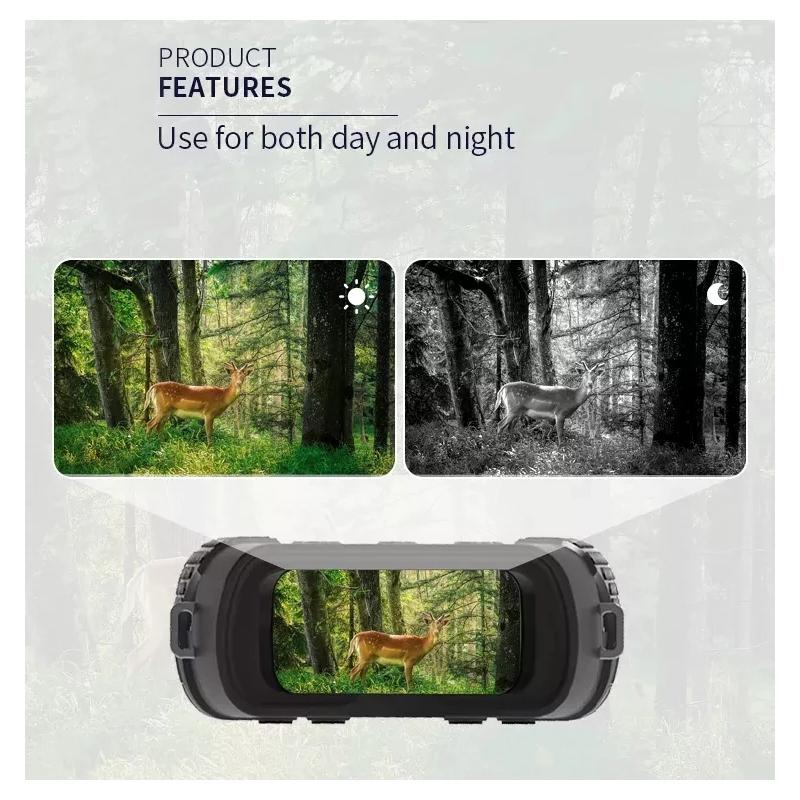
2、 Objective lens diameter
Objective lens diameter is one of the key factors to consider when rating binoculars. It refers to the diameter of the front lenses of the binoculars, typically measured in millimeters. The objective lens diameter plays a crucial role in determining the amount of light that enters the binoculars, which directly affects the brightness and clarity of the image.
In general, larger objective lens diameters allow more light to enter the binoculars, resulting in brighter and clearer images. This is particularly important in low-light conditions, such as at dusk or dawn, or when observing distant objects. Binoculars with larger objective lens diameters also tend to have a wider field of view, allowing for a greater area to be observed.
However, it is important to note that larger objective lens diameters also come with some drawbacks. They make the binoculars heavier and bulkier, which can be a disadvantage for those who prefer lightweight and compact binoculars for portability. Additionally, larger objective lenses may require larger barrels, which can make the binoculars more expensive.
It is worth mentioning that recent advancements in lens technology have allowed manufacturers to produce binoculars with smaller objective lens diameters that still offer excellent image quality. These advancements include the use of high-quality lens coatings and improved glass materials, which enhance light transmission and reduce glare.
Ultimately, when rating binoculars based on objective lens diameter, it is important to consider the specific needs and preferences of the user. While larger objective lens diameters generally offer better image quality, they may not be suitable for all situations or individuals.
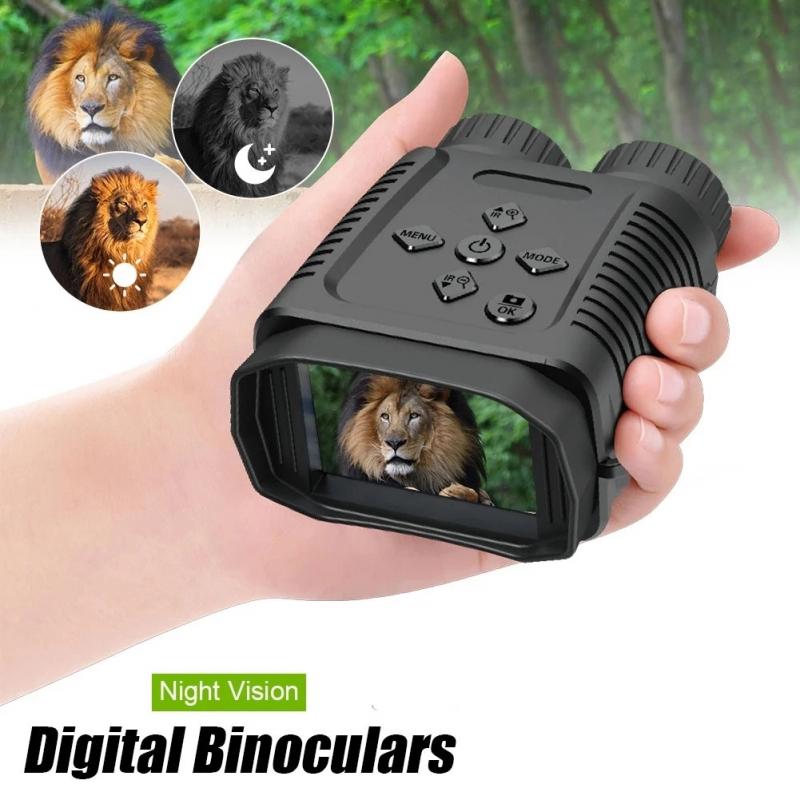
3、 Field of view
When it comes to rating binoculars, one of the key factors to consider is the field of view. The field of view refers to the width of the area that can be seen through the binoculars at a specific distance. It is typically measured in degrees or feet at a certain distance.
A wider field of view allows for a larger area to be observed, making it easier to track moving objects or scan a landscape. This is particularly important for activities such as birdwatching, wildlife observation, or sports events where quick movements need to be followed. On the other hand, a narrower field of view may be sufficient for activities like stargazing or observing distant objects where fine details are more important.
The latest advancements in binocular technology have led to improvements in the field of view. Manufacturers are now able to produce binoculars with wider fields of view without compromising on image quality. This is achieved through the use of high-quality optics, lens coatings, and advanced design techniques.
It is important to note that the field of view can vary depending on the magnification power of the binoculars. Higher magnification binoculars tend to have narrower fields of view compared to lower magnification ones. Therefore, it is essential to strike a balance between magnification and field of view based on your specific needs and preferences.
In conclusion, the field of view is a crucial aspect to consider when rating binoculars. A wider field of view enhances the overall viewing experience, allowing for better tracking and observation of objects. With advancements in technology, manufacturers are now able to offer binoculars with wider fields of view without compromising on image quality.
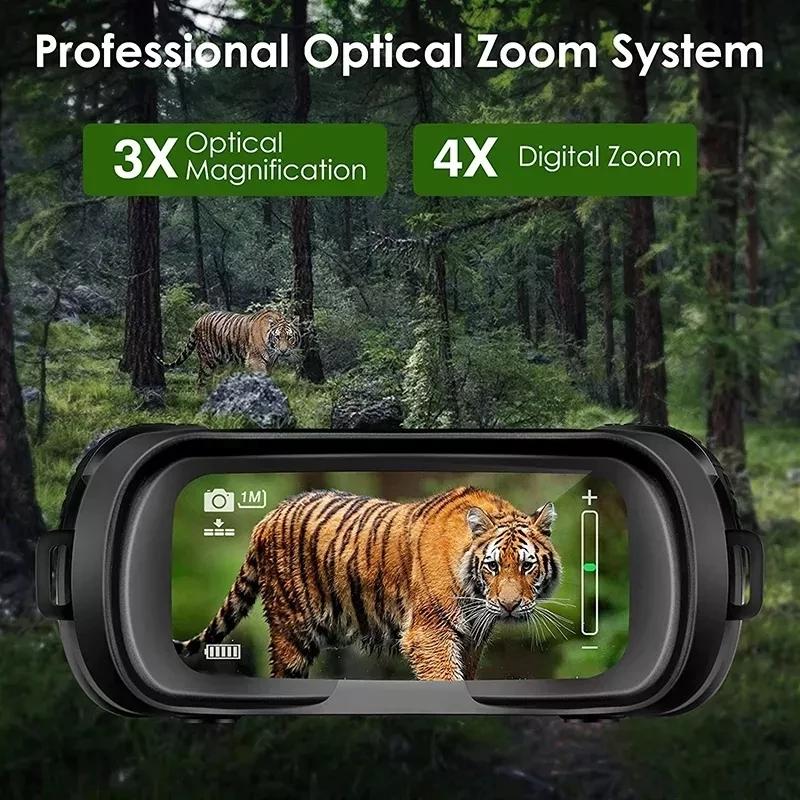
4、 Lens coating quality
When it comes to rating binoculars, one of the crucial factors to consider is the lens coating quality. Lens coatings play a significant role in enhancing the overall performance and image quality of binoculars. They are designed to reduce glare, improve light transmission, and enhance color fidelity, resulting in a clearer and more vibrant view.
There are various types of lens coatings available in the market, ranging from single-coated to fully multi-coated. Single-coated lenses have a single layer of anti-reflective coating on at least one lens surface, while fully multi-coated lenses have multiple layers of coating on all air-to-glass surfaces. The latter is generally considered superior in terms of light transmission and image quality.
Lens coating technology has significantly advanced in recent years, with manufacturers constantly striving to improve the quality and effectiveness of coatings. The latest advancements include the development of advanced multi-layer coatings that further reduce reflections and increase light transmission, resulting in brighter and sharper images.
Additionally, some manufacturers have introduced specialized coatings such as hydrophobic coatings that repel water and oil, making the lenses easier to clean and maintain. These coatings also help prevent fogging in humid conditions, ensuring a clear view even in challenging environments.
It is important to note that the lens coating quality should be considered in conjunction with other factors such as the quality of the glass, prism design, and overall build quality of the binoculars. A combination of high-quality lens coatings and other optical features will result in a superior viewing experience.
In conclusion, lens coating quality is a crucial aspect to consider when rating binoculars. The latest advancements in lens coating technology have significantly improved light transmission, image quality, and overall performance. Opting for binoculars with fully multi-coated lenses and specialized coatings can greatly enhance your viewing experience, providing you with brighter, sharper, and more vibrant images.
